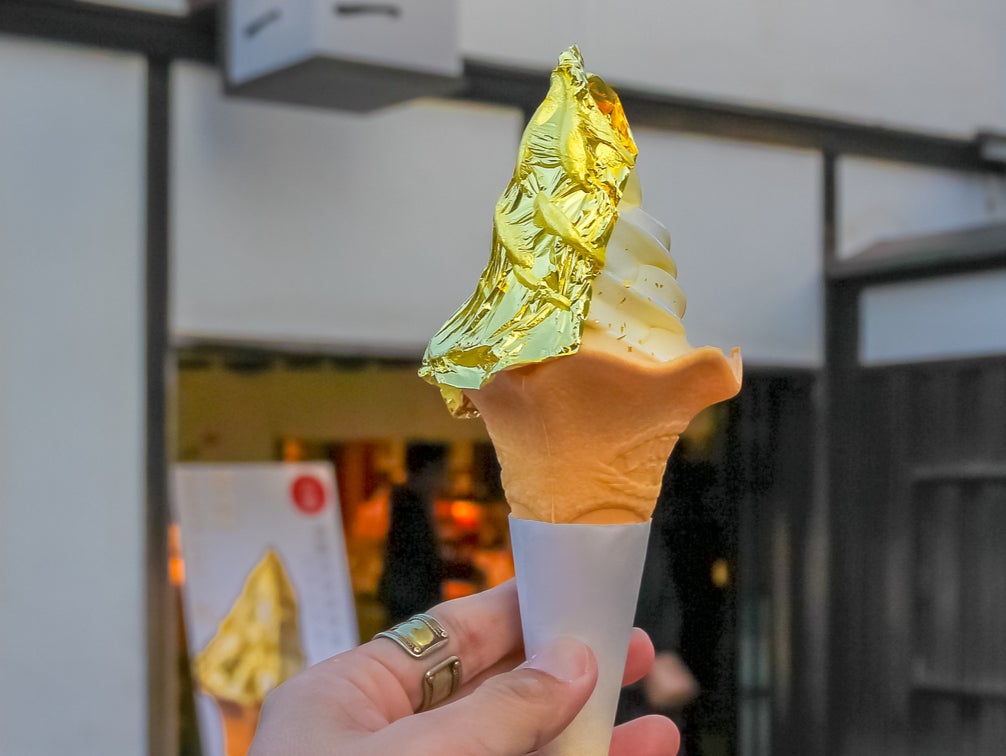
For many travellers, Japan’s metropolitan hubs and breathtaking natural scenery have become a lifetime goal to visit, and for very good reasons too.
The popular city of Kyoto boasts 17 Unesco World Heritage sites including shrines, temples and a castle, while tourists are also often led to magnificent sites such as Mount Fuji, an active stratovolcano on Honshu, the country’s tallest peak and a sacred site to the Japanese.
While these sites and destinations are remarkable places to behold, the droves of tourists flocking there can often break the spell of awe and have negative consequences on residents and the environment.
With Japan smashing its record of annual tourists with 36 million visitors in 2024, things appear to only keep getting busier. It’s good for the economy; not always good for protecting the wa, or harmony.
There are some places around Japan, however, that are just as beautiful or culturally significant, but come without the crowds. Here are some ideas of areas to visit.
The best Japanese destination swaps
1. Kanazawa instead of Kyoto

Just over two-and-a-half hours by bullet train from Tokyo, on the main island’s north coast, the city of Kanazawa certainly isn’t off the beaten path, but it is great for a less-crowded dose of traditional Japan. The city rose to prominence under the Maeda clan in the Edo era, and under several hundred years of their patronage it became a focal point for art and culture.
Just as Kyoto is full of reminders of its past, so too is modern-day Kanazawa. With Kenrokuen, the city has one of the finest traditional gardens in Japan. In the Nagamachi and Higashi Chaya districts, Kanazawa also rivals preserved areas like Kyoto’s Gion geisha district. Unlike in Gion, in Kanazawa you don’t run the risk of a 10,000-yen fine for taking a photo in the wrong place – a measure Kyoto introduced a few years ago to try to mitigate the impact of overtourism.
In place of Kyoto’s Nishiki market, Kanazawa has the smaller, but excellent Omicho market. Even though the Maedas’ time is long gone, arts and crafts are also still thriving, especially Kaga Yuzen dyeing and Kanazawa gold-leaf work. One touristy touch you will find is super-fine gold leaf sprinkled on ice cream and cakes.
Read more: Japan’s first bunk-bed bus allows tourists to skip the hotel
2. Dewa Sanzan instead of Koyasan

You can stay at temples or shrines at lots of places in Japan. The mountainside temple town of Koyasan in Wakayama prefecture is an increasingly popular option with travellers. Although it’s becoming touristy in parts, staying at one of Koyasan’s 100 or so temples remains a great experience – especially the morning fire ceremonies or an evening walk around the eerie Okunoin cemetery. But if you wanted a spiritual experience off the tourist radar, head to Yamagata prefecture in northern Japan.
Here, on the three peaks of the holy Dewa Sanzan mountains, is where yamabushi ascetics have trained for 1,400 years
Here, on the three peaks of the holy Dewa Sanzan mountains, is where yamabushi ascetics have trained for 1,400 years. Followers of Shugendo, a religion that combines mountain worship, Buddhism, Shintoism and Taoism, yamabushi seek enlightenment by communing with nature. In autumn 2019, I stayed at a pilgrim’s lodge at the base of Dewa Sanzan’s Mount Haguro and joined a monk for a couple of days of training – jumping over fires and wearing nothing but a flimsy loincloth to meditate under a freezing cold waterfall. Not a pretty sight, especially when wet, but an unexpectedly invigorating experience. Anyone can try it.
Read more: The tiny island where cats outnumber humans – and made it a tourist destination
3. Ibaraki instead of Nikko and Kamakura

Anyone who knows Japan well might spit out their tea seeing Ibaraki here. Bear with me. Nikko and Kamakura are two of the “classic” Tokyo side trips. As good as they are, they are also frequently packed with tourists. Not Ibaraki. For six consecutive years pre-pandemic, this prefecture a couple of hours east of Tokyo by train has ranked last on one prefectural attractiveness survey. Harsh.
The silver lining to that reputation is that you mostly avoid the crowds there, with the seasonal exception of the lovely Kairakuen garden in Mito when the plum blossoms are in bloom in late February into early March. There’s plenty to do, including bungee jumping from the Ryujin suspension bridge in Hitachi, taking in scenic spots like the 120-metre-high Fukuroda Falls or hiking Mount Tsukuba. You can take some good sake brewery tours too.
Read more: Forget the Wim Hof method – Japanese toji water therapy is the wellness trend you need to know about
4. Kumano Kodo instead of Mount Fuji

Hundreds of thousands of people climb Mount Fuji every year in the summer climbing season, jamming the trails. The routes around Mount Takao in western Tokyo are equally crowded. The ancient pilgrimage trails of the Kumano Kodo in the mountainous Kii peninsula are an entirely different matter.
Pilgrims (and now hikers) have been trekking on these routes to the three great Kumano shrines, about 150 miles south of Kyoto, for more than 1,000 years. While the shrines themselves can get busy, the trails offer solitude. They are beautiful, with gnarled tree roots reclaiming pathways and mossy stone trails winding through towering cedar forests. You could get a taste of it with an easy day hike or go hard for a week, staying at small guesthouses en route.
Read more: What it’s like to hike Japan’s sacred Kumano Kodo trail
5. Oki instead of other islands

Being a nation comprised of more than 6,000 islands – four of them forming most of the total landmass – Japan has no shortage of great islands to explore. I’d happily spend a year in a hammock on the sub-tropical islands of Okinawa. But the Oki Islands are where I’d most like to revisit.
Located 30 miles off the coast of Shimane prefecture in western Japan, the rugged Oki islands were once used as a place of exile – even the Emperor Gotoba was banished here in the 1200s. You don’t come to Oki to work on a tan, but to experience the slow life of Oki’s fishing and farming communities and for the scenic beauty of its hilly interiors and dramatic oceanside cliffs. And as well as trekking around all that, from late spring into early autumn, you can also sea kayak, dive and snorkel here.
Read more: The Japanese dish that has become a tourist attraction for thousands
Thailand announces plans to cut visa-free stays
Japan doubles entry fees for Mount Fuji climbers to curb overtourism
British firm unveils designs for Japanese ultra-fast earthquake-proof trains
Japan’s first bunk-bed bus allows tourists to skip the hotel







